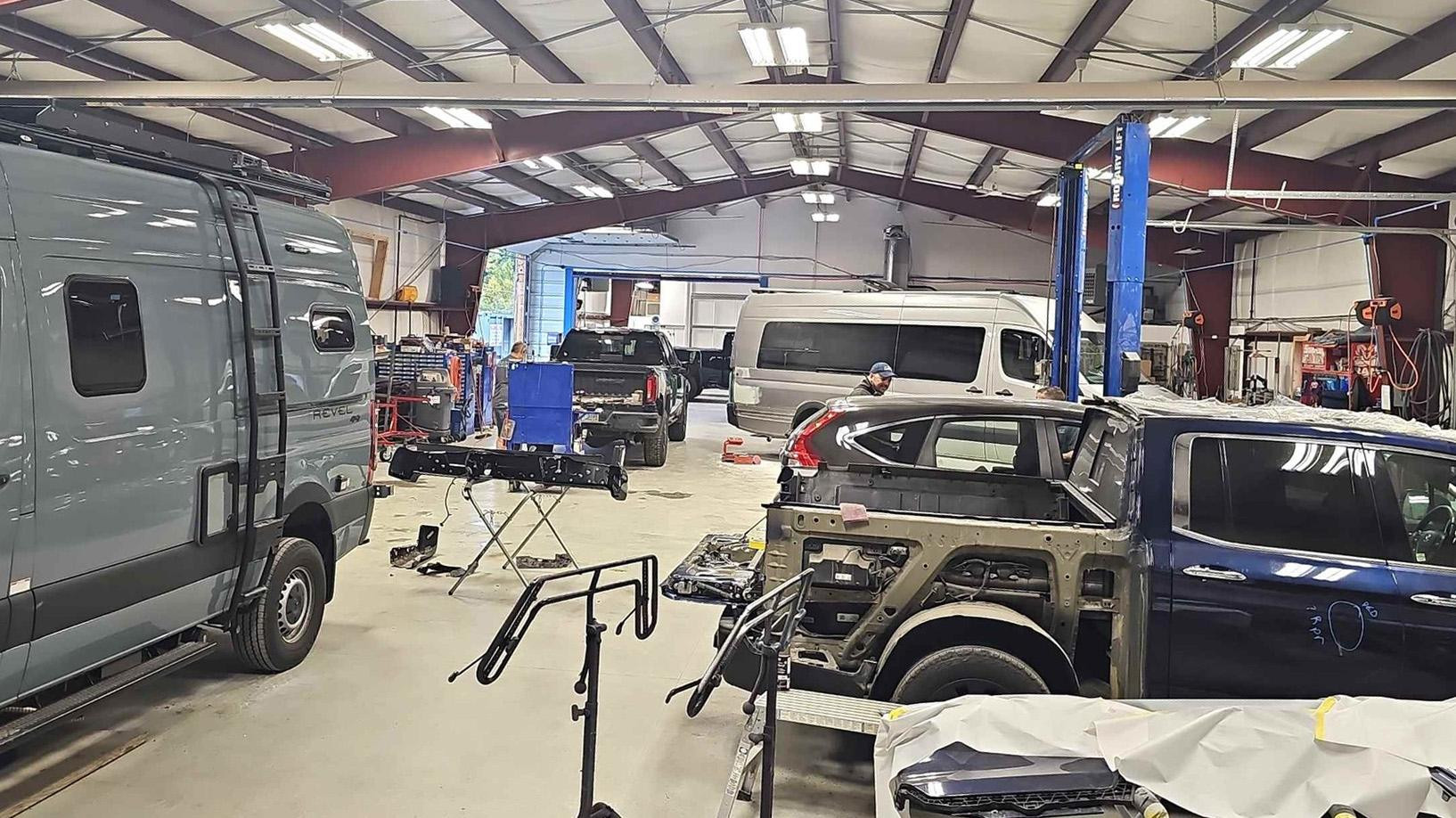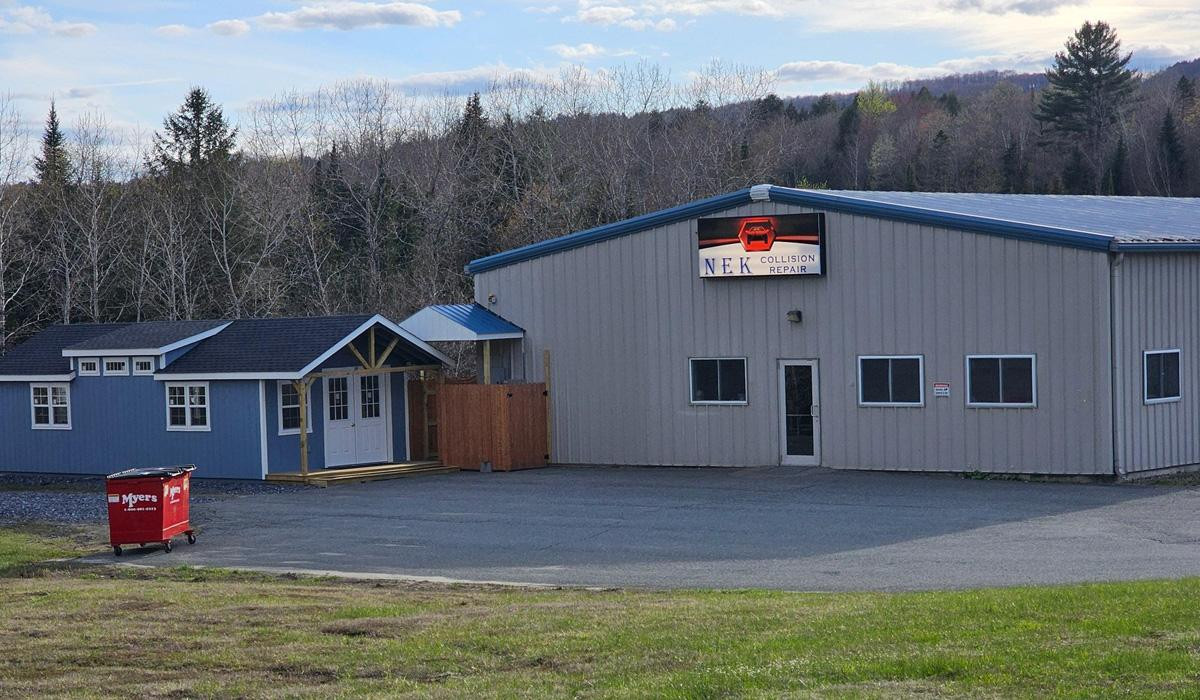NEK Collision Repair, a 30-year-old service center in Lyndonville, VT, is gearing up for a major expansion of its facilities. It is one of three collision centers in the state's northeast region.
The business currently operates out of an 8,000-square-foot building. Permits submitted to the city’s Development Review Board detailed a plan to add another 4,725 square feet to the shop. The new construction would also add Advanced Driver Assistance Systems (ADAS) calibration tech to the facility. John Ling, NEK Collision’s owner since 2019, told Autobody News he would also hire a new employee “immediately” after the construction’s completion.
ADAS technologies are designed to enhance vehicle safety by automating or improving specific tasks, like switching lanes, monitoring blind spots or parallel parking. In a collision repair center, ADAS recalibration maintains a new car's intended safety functions after an accident.
 Image via Facebook.
Image via Facebook.
But Ling said the new tech has made collision repair more difficult. Many small shops are struggling to make technological investments and educate their staff on the system’s recalibration. He also said technicians are struggling because manufacturers lack transparency regarding repair protocols.
“With cars getting so technical, a lot of small body shops don’t want to make the continuous investments it’s going to take to keep up with the technology [of new cars],” Ling said. “A lot of owners have been running their shop for 40 or 50 years, and they know they’re getting close to retirement. They’re not making these investments, and they’re closing down early.”
Ling detailed an example. NEK Collision Repair is currently fixing a 2020 Toyota Tundra pickup that jackknifed while towing a trailer. The pickup needed a repair on the rear quarter panel. During the fix, Ling said he didn’t touch the blind-spot monitor, but the vehicle displays a repair warning for the safety tech in the dashboard.
“Where is the problem?” Ling asked. He said that despite his best efforts, the fix may send the car back to the Toyota dealership.
Tech-based fixes have ballooned costs for repair shops and drivers across the U.S. According to the latest Consumer Price Index, car insurance rates have skyrocketed by 16.3% in the past year. Nationwide, vehicle insurance inflation has outpaced all other categories measured by the Bureau of Labor Statistics. Over the same time, overall economic inflation rose by just 2.4%.
The high costs have sprung local regulators into action. Vermont’s Department of Financial Regulations (DFR) has asked collision repair shops to complete surveys, hoping to temper the expanding costs in the state.
However, Ling said vehicle repair costs would remain high if OEMs continued to launch high-cost safety tech. After his latest investment, he said his shop would be well-equipped for the expensive repairs.
“There is no such thing as a simple repair anymore,” he said. “It’s going to be a real struggle for body shops, especially in small communities, to keep up with educating and learning the differences with those technologies.”














Ben Shimkus